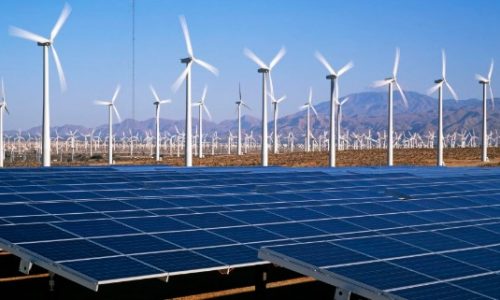PT PLN (Persero), through its subholding PLN Nusantara Power (NP), has entered into a collaboration with Powerchina International Group Limited (Powerchina) to conduct a joint study on the development of wind energy potential in Indonesia. The estimated wind energy potential across Indonesia is around 155 GW.
Darmawan Prasodjo, President Director of PLN, stated that the collaboration with Powerchina is an effort by PLN to continue driving energy transition. The exploration of potential new renewable energy sources needs to be ongoing to address the climate change crisis and reduce carbon emissions.
According to him, this collaboration will be very productive as it focuses on studying the potential of renewable energy in the country. The feasibility study will also cover economic and technical aspects.
“We are jointly facing the challenges of the climate change crisis. For that, we are committed to building a strong partnership to turn these challenges into opportunities,” said Darmawan, on November 14, 2023.
Ruly Firmansyah, President Director of PLN NP, added that the collaboration with Powerchina is part of the PLN Group’s efforts to help the Indonesian government achieve its target of net-zero emissions by 2060. This collaboration is particularly important given the significant potential of renewable energy in the country and has the potential to transform the face of the energy industry globally.
Zhou Jiayi, Vice President Director of Powerchina International Group Limited, stated that they are committed to the success of various renewable energy projects in Indonesia together with PLN. He is optimistic that this collaboration will continue as Powerchina has had many partnerships with PLN before.
He also mentioned that there are many challenges in terms of geography in relation to the collaboration. However, thanks to the strong commitment of each party and adequate technology, all these challenges can be overcome.
“We have a long history of working together with PLN. Hopefully, we will soon conduct joint trials and work on additional strategies to increase the utilization of renewable energy in Indonesia,” said Jiayi.
The two parties also agreed to study the construction of offshore wind power plants in the Indian and Pacific Oceans, as well as other EBT-based plants such as hydro, biomass, solar, and wave energy.
“The Indonesian government, together with PLN, has carefully mapped the potential of EBT in Indonesia. We already have the numbers. So, with this collaboration, the potential will be limitless,” concluded Darmawan.









